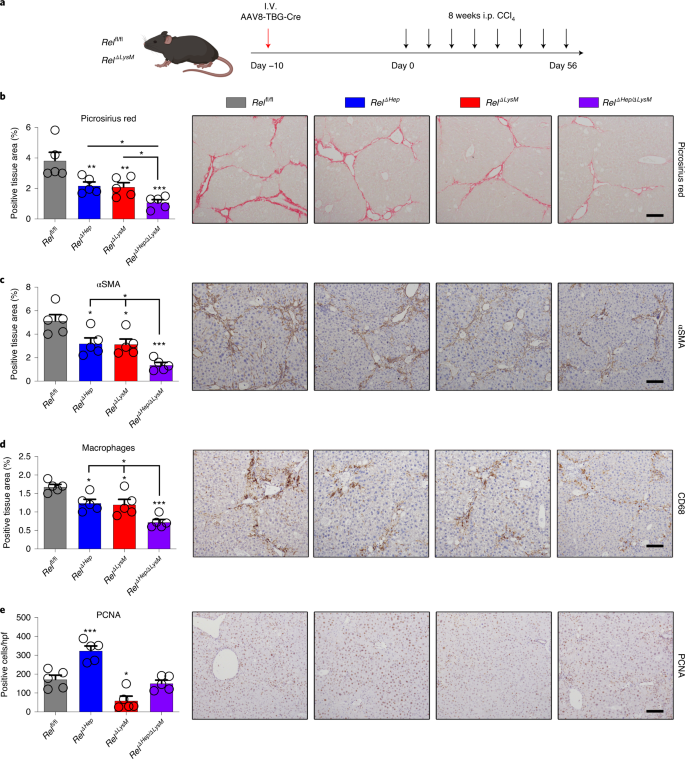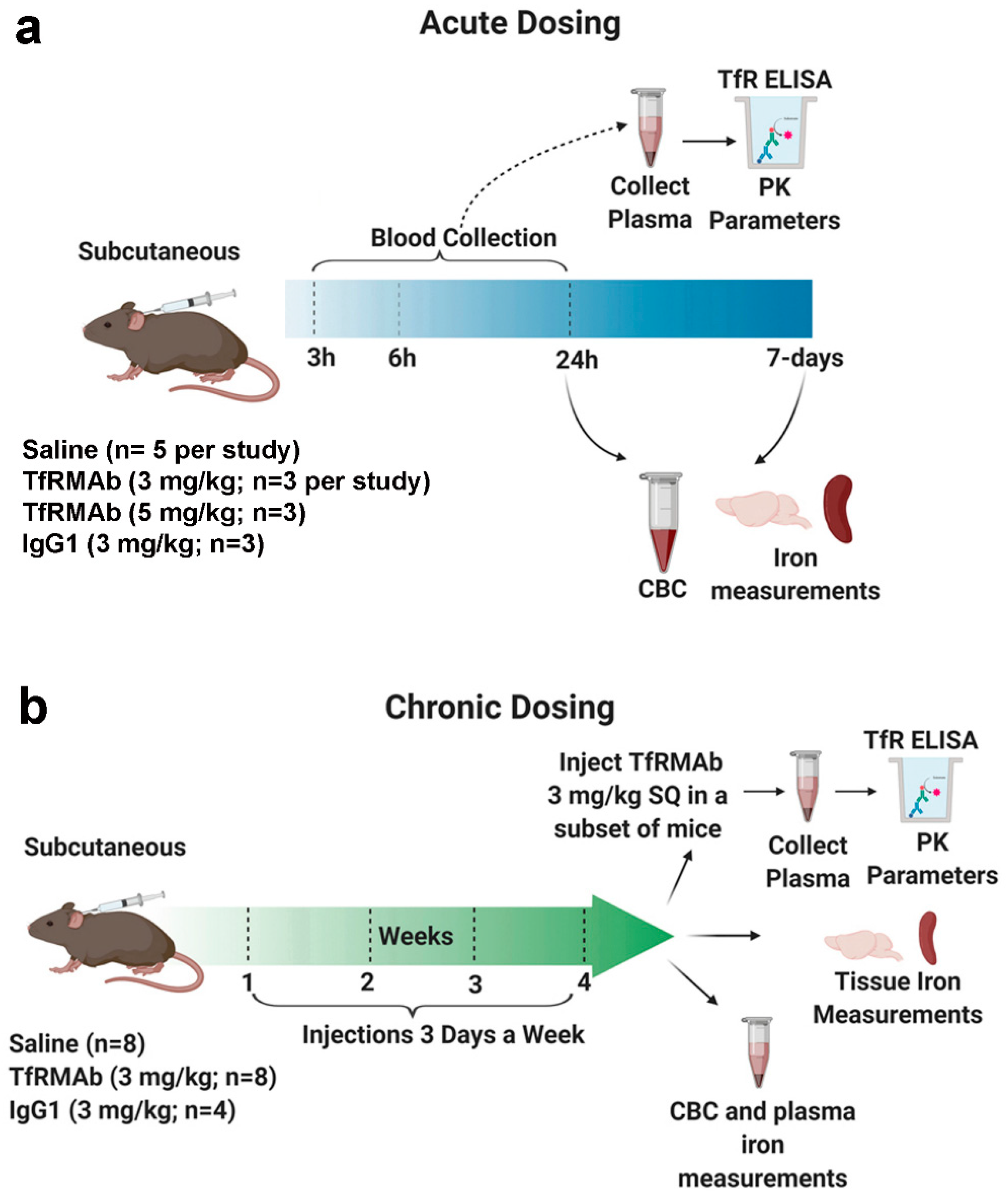
With this tool, the sum capacity and other metrics of interest can be evaluated as a continuous function of the CRE. In, a semianalytic tool for investigating the capacity and fairness of heterogeneous networks with range extension was provided. Therefore, it is necessary to discuss the optimal CSO setting from theoretical point of view. However, simulations cannot cover the varying situations in reality. In previous investigations, CSO was usually decided through simulations, for example, in, and some fixed value was proposed in 3GPP based on system-level simulations.
HIGH AND LOW POWER SETTINGS FOR CRE 8900 HOW TO
Therefore, how to properly set CSO is very necessary to be studied. This is illustrated by Figure 1.Īs discussed above, there is a trade-off between the LPN offloading ratio and the user experienced interference in LPNs especially in the extended LPN range. However, when extending the served area of LPNs, the users that locate in the extended range could suffer from severe interference from the macro base station due to the difference between the transmit power of the macro base stations and the LPNs.

CRE was proposed in 3GPP in Release 10 with the purpose to enlarge the coverage area of LPNs and increase the served users in LPNs so as to explore the system resource (e.g., power, spectrum) more efficiently.ĬRE is obtained by setting a cell selection offset (CSO) to LPNs during cell selection/reselection procedure so that the end-user would select the LPN with the higher priority. Poorly planned LPNs location or configuration not only results in unsatisfactory experience in its coverage area but also may cause performance degradation and overload state in macrocell.

Considering the case that the macrocell’s carrier frequencies are reused throughout the network, the interference between macrocells and LPNs is a very essential issue which needs to be considered in order to optimize the network performance and end-user experience especially with cell range extension (CRE) of LPNs. In a heterogeneous network, one typical scenario is that the coverage area of the low power nodes (LPN) and macrocells are overlapped with each other. To meet the increasing traffic demands and fulfilling users’ high expectations for mobile broadband, heterogeneous network has been included in the evolution version of long-term evolution (LTE) radio access technology, named LTE-advanced, in the third generation partnership project (3GPP) together with higher order multiple input and multiple output (MIMO), carrier aggregation (CA), and coordinated multipoint transmission and reception (CoMP). IntroductionĪ heterogeneous network is typically composed of multiple radio access technologies, transmission solutions, and base stations of varying transmission power. Simulation results indicate that the proposed algorithm can ensure a nearly optimal performance in all tested traffic load situations. The proposed algorithm is evaluated by system-level simulations. The proposed algorithm updates the CSO value periodically by predicting the overall capacity and a new CSO value is selected which can give the optimal overall capacity. Based on the analysis, an adaptive CSO updating algorithm is proposed. In this paper, the capacity of users in macrocells, users in small cells, and users in range extension areas is analyzed thoroughly in conditions with and without CRE.

The value of CSO, however, needs to be set carefully. To increase the utilization of small cells generated by LPNs, cell range extension (CRE) is used to extend the coverage of the small cells by adding cell specific offset (CSO) to small cells during cell selection procedure. To increase the capacity of, for example, hot spots, a typical scenario in heterogeneous network is that the coverage areas of low power nodes (LPNs) are overlapped with macrocell. As an attractive means of expanding mobile network capacity, heterogeneous network is regarded as an important direction of mobile network evolution.


 0 kommentar(er)
0 kommentar(er)
